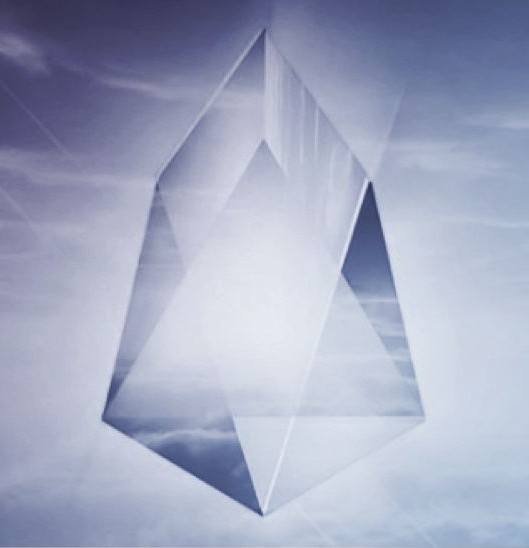Blockchain / Cryptocurrency
EOS’s $4 billion crypto-democracy has just launched—and it’s probably going to be ruled by fat cats
A new blockchain aims to vastly speed up transactions, but it was incredibly slow in getting off the ground.



Nothing has embodied the mania around cryptocurrency and initial coin offerings quite like EOS: its developers raised an eye-popping $4 billion during the past year by selling crypto-tokens for a system that wasn’t even built yet. Now the network is finally ready to go live, but getting its blockchain up and running was unexpectedly difficult—and the process raised important questions about how best to launch a new one.
This piece first appeared in our twice-weekly newsletter Chain Letter, which covers the world of blockchain and cryptocurrencies. Sign up here—it’s free!
What—and who—is EOS? The new blockchain system is supposed to be a much faster and more efficient alternative to Ethereum. Ethereum was designed to be not only a cryptocurrency but also a platform for running blockchain-based computer programs called smart contracts. But it’s slow to process transactions, because every node in the Ethereum network must keep track of every account balance and the state of every smart contract. EOS’s developers say that by delegating the responsibility for processing transactions to just 21 “block producers,” which are to be elected by the community of token holders, the system will be able to achieve thousands of transactions per second (compared with just 15 per second for Ethereum).
A startup called Block.one is spearheading the development of EOS’s software. Its CTO, Dan Larimer, previously created the blockchain-based financial services platform BitShares as well as Steemit, a cryptocurrency-powered publishing platform. Each relied on a novel consensus protocol called “delegated proof of stake,” which Larimer is also using with EOS.
No miners: In cryptocurrencies like Bitcoin, nodes called “miners” spend lots of computing power competing for chances to add “blocks” of transactions to the chain in return for digital coins. EOS dispenses with mining in favor of allowing token holders to elect block producers, with voting power corresponding to the number of tokens an individual or organization holds. The approach should speed up transaction processing, but it has also drawn critics. Ethereum creator Vitalik Buterin has argued that it makes the system vulnerable to vote-buying that would let someone consolidate power over the network.
Frozen tokens: EOS tokens have been for sale and tradeable on the Ethereum blockchain since June 2017. But they weren’t based on EOS’s blockchain—it hadn’t been built yet, so the tokens were running on the Ethereum network. A couple of weeks ago, Ethereum-based EOS tokens were “frozen” so that their value could be transferred to the real chain. Only today were they unlocked, ending a drawn-out voting process.
That’s because the network finally reached the voting threshold required to elects its 21 block producers. That couldn’t happen until token holders had “staked” 15 percent of all the tokens in the system to vote for candidates (the tokens aren’t spent; they’re used as digital chits but returned once voting is over). Voting requires holders to use their private cryptographic keys, which is technically complicated and risky if people aren’t careful. That could be why it took so long—some holders may have lacked the technical competency to vote, and others may not have had access to their private keys if their tokens were held in exchanges. Another theory is that holders with large quantities of tokens were waiting to see what others did before casting their votes—a hypothesis reinforced by how quickly the tally jumped from 110 million to 150 million today after nearly two weeks of sluggish movement.
Central questions: Was EOS mistaken to institute token-based voting? Is the process “decentralized” enough, given that the top 100 holders own around 75 percent of the tokens? Perhaps more important, will the entire EOS network be decentralized enough now that it has chosen its 21 block producers? And will that even matter if it performs as advertised? Compromising decentralization for the sake of speed and efficiency might actually spur mainstream commercial success. First, though, the network will have to figure out how to govern itself efficiently. No pressure: its investors only have $4 billion on the line.